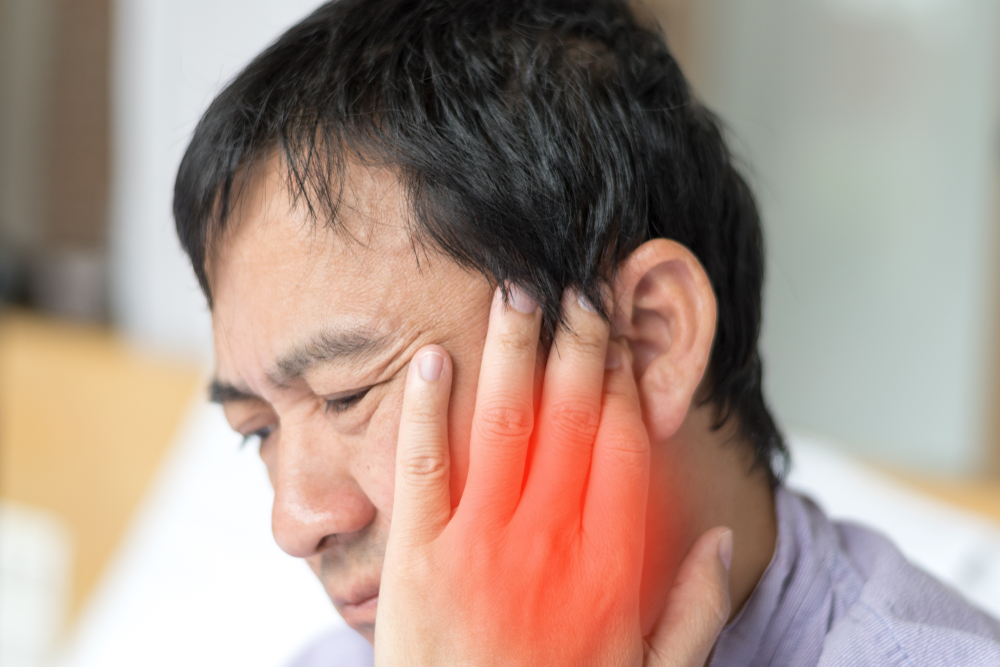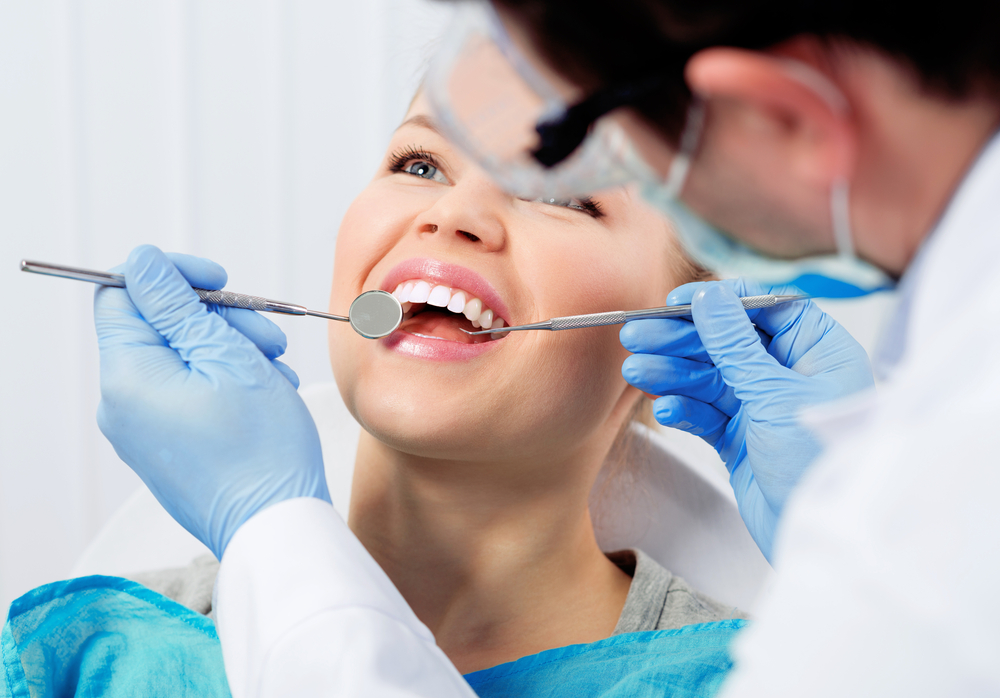
Traumatic Dental Injuries

Expert Care for Damaged Teeth
Dental trauma can occur suddenly due to accidents, sports injuries, or unexpected impacts. When a tooth is cracked, displaced, or knocked out, prompt treatment is essential to save the tooth and prevent long-term complications. At Gramercy Dental Group, we specialize in managing traumatic dental injuries, offering advanced techniques to restore function, aesthetics, and oral health.
Our team of experienced endodontists and restorative specialists work together to provide comprehensive treatment for dental trauma, ensuring the best possible outcome for each patient. Whether it’s a minor chip or a completely avulsed (knocked-out) tooth, we have the expertise to help you heal and regain your smile.

Types of Traumatic Dental Injuries
Dental trauma can range from mild to severe, depending on the impact and damage to the tooth and surrounding structures. Some of the most common types of dental injuries include:
Benefits of Prompt Treatment for Dental Trauma
Seeking immediate care for a traumatic dental injury is crucial for the following reasons:
Saves Natural Teeth
Many injuries can be effectively treated without extraction, preserving the natural tooth whenever possible.
Prevents Infection & Complications
Untreated injuries can lead to severe infections, abscesses, and even bone loss.
Restores Function & Aesthetics
Proper treatment ensures that teeth remain functional and look natural, preventing long-term speech or chewing difficulties.
Minimizes the Need for Extensive Treatment Later
Addressing trauma early reduces the risk of further damage, which could require more invasive procedures like implants or dentures later on.
Reduces Pain & Discomfort
Prompt care alleviates pain and sensitivity, helping you get back to normal life as quickly as possible.


Treatment Options for Traumatic Dental Injuries
The appropriate treatment depends on the severity and type of injury. Here’s how we address different types of trauma:
- Chipped or Fractured Teeth
- Luxated (Dislodged) Teeth
- Avulsed (Knocked-Out) Teeth
- Root Fractures
- Soft Tissue & Jawbone Injuries
Chipped or Fractured Teeth
- Minor chips: Repaired with dental bonding or veneers for aesthetic restoration.
- Deep fractures: May require a crown or root canal therapy to protect the tooth.
- Severe fractures: If the crack extends into the root, extraction may be necessary, followed by a dental implant or bridge.
Luxated (Dislodged) Teeth
- The tooth is carefully repositioned into its correct place.
- A stabilizing splint is placed for a few weeks to allow healing.
- If the pulp is affected, root canal therapy is performed to prevent infection.
Avulsed (Knocked-Out) Teeth
- Immediate action is critical – the sooner the tooth is reinserted, the better the chances of saving it.
- The tooth is gently cleaned and reimplanted in the socket.
- A splint is placed for several weeks to hold it in position while it heals.
- Root canal therapy is usually required to prevent infection.
What to do if your tooth is knocked out:
- Handle the tooth by the crown (not the root) and rinse it with milk or saline if dirty.
- Try to reinsert it into the socket or store it in milk or saliva.
- Seek immediate dental care – the best chance for saving the tooth is within 60 minutes.
Root Fractures
- Mild fractures may heal on their own, with monitoring.
- If infection develops, root canal treatment may be required.
- In severe cases, the tooth may need to be extracted and replaced with an implant or bridge.
Soft Tissue & Jawbone Injuries
- Lacerations or gum injuries may require stitches and antibiotics.
- Fractured jawbones may need to be stabilized with oral surgery.
- Advanced imaging (3D scans or X-rays) helps determine the best course of action.

Recovery & Aftercare for Dental Trauma
Post-treatment care is essential for healing and preventing complications. Here’s how to care for a traumatized tooth:
- Stick to a soft diet for a few days to avoid pressure on the injured area.
- Take prescribed medications or pain relievers to manage discomfort.
- Use ice packs for swelling and avoid extreme temperatures in food.
- Maintain good oral hygiene, brushing gently around the treated area.
- Attend follow-up visits to monitor healing and ensure long-term success.
Most patients recover within a few weeks, but long-term monitoring may be necessary, especially for teeth that have been reimplanted or splinted.
Get Immediate Care for Traumatic Dental Injuries
If you or a loved one has suffered a chipped, dislodged, or knocked-out tooth, don’t wait! Immediate action can mean the difference between saving or losing a tooth.
Call us now to schedule an emergency appointment and protect your smile!
Get Immediate Care for Traumatic Dental Injuries
If you or a loved one has suffered a chipped, dislodged, or knocked-out tooth, don’t wait! Immediate action can mean the difference between saving or losing a tooth.
Call us now to schedule an emergency appointment and protect your smile!
Frequently Asked Questions About Traumatic Dental Injuries
Can a knocked-out tooth always be saved?
If the tooth is reinserted within 30–60 minutes, there is a high chance of saving it. However, if too much time passes, replacement options like dental implants or bridges may be needed.
How do I know if I need a root canal after a trauma?
If a tooth is discolored, sensitive, or has persistent pain, it may require root canal therapy to remove damaged pulp and prevent infection.
Will my tooth look normal after treatment?
Yes! With modern restorative dentistry, chipped, fractured, or displaced teeth can be fully restored with bonding, crowns, or veneers for a natural look.
Is splinting a dislodged tooth painful?
No. Splinting is a minimally invasive procedure where the tooth is stabilized using a small wire or resin. It helps the tooth reattach to surrounding structures.
How can I prevent dental trauma in the future?
- Wear a mouthguard during sports.
- Avoid chewing hard objects like ice or pens.
- Use protective gear when engaging in contact activities.
- Maintain regular dental checkups to monitor healing of past injuries.
